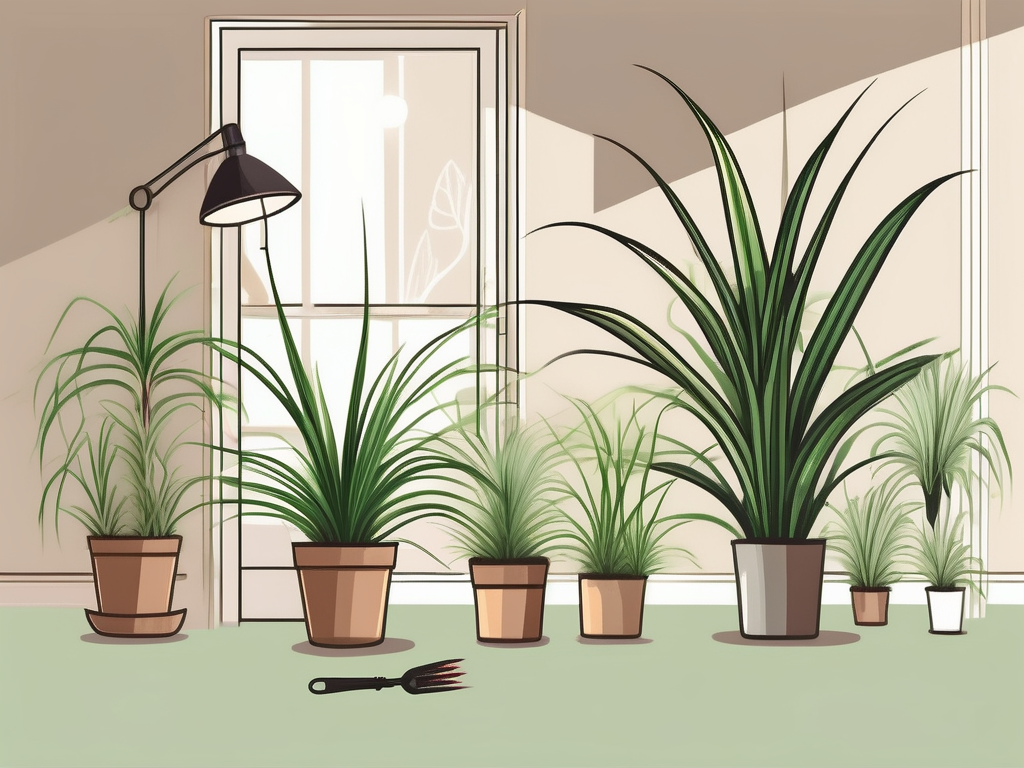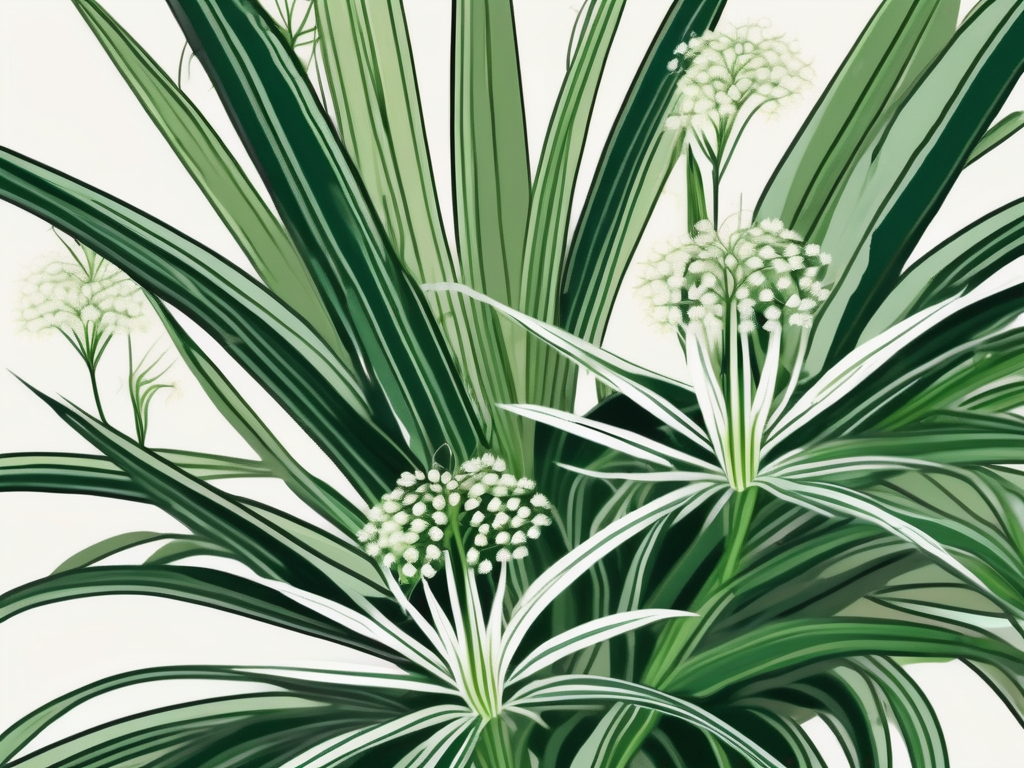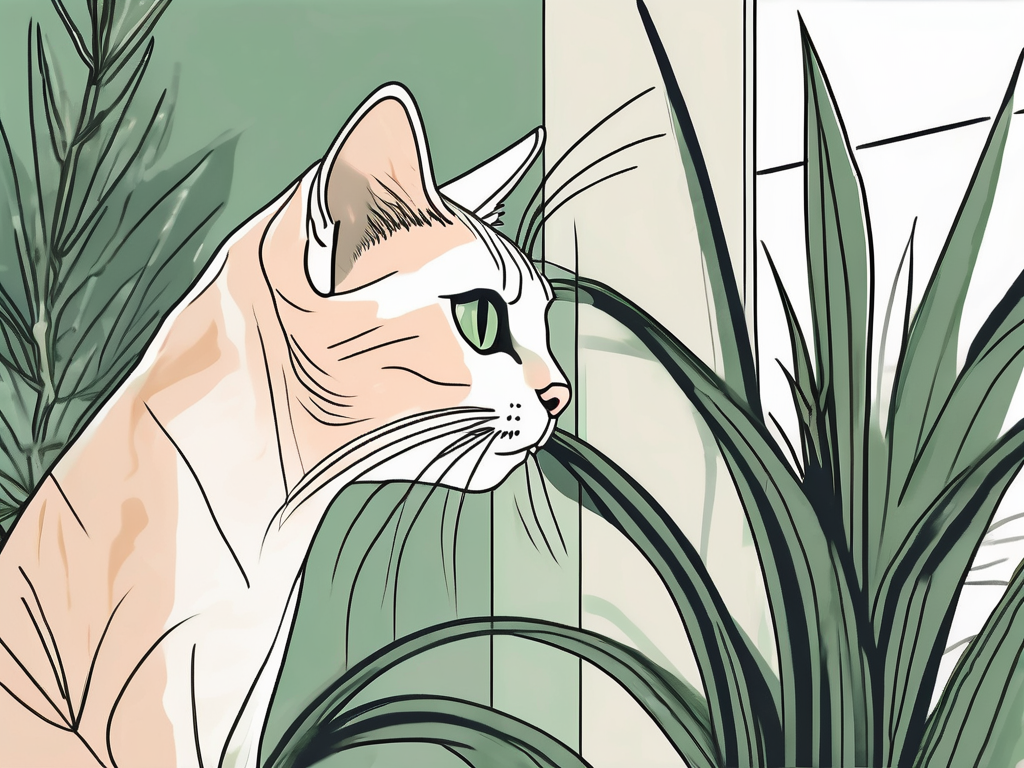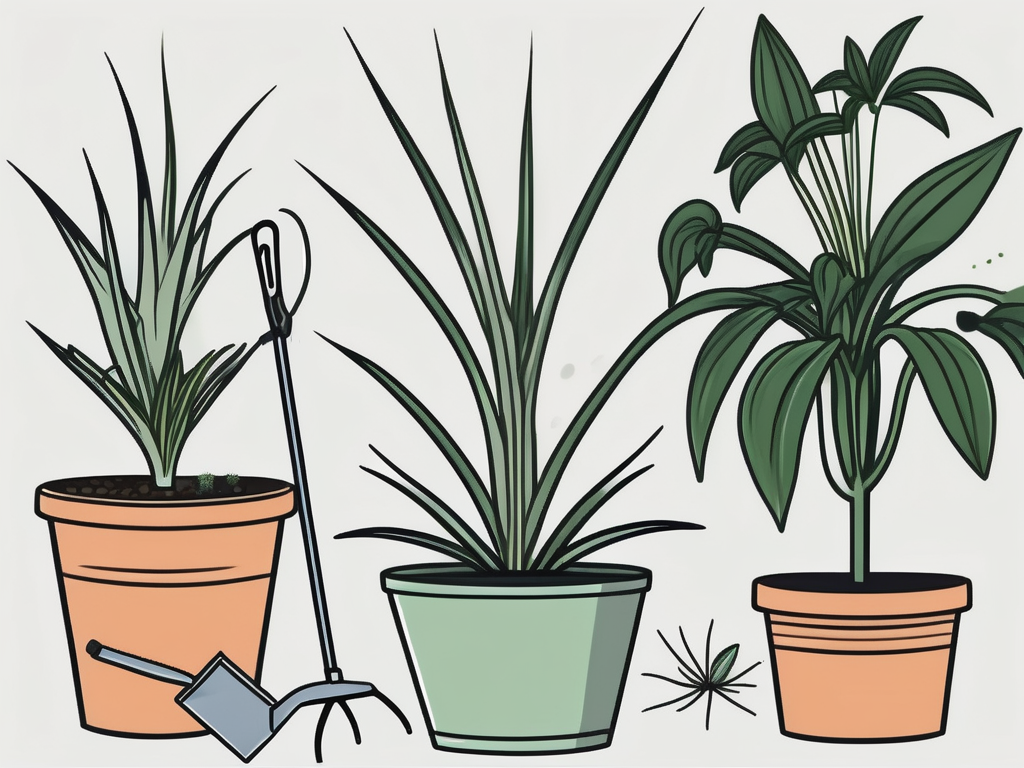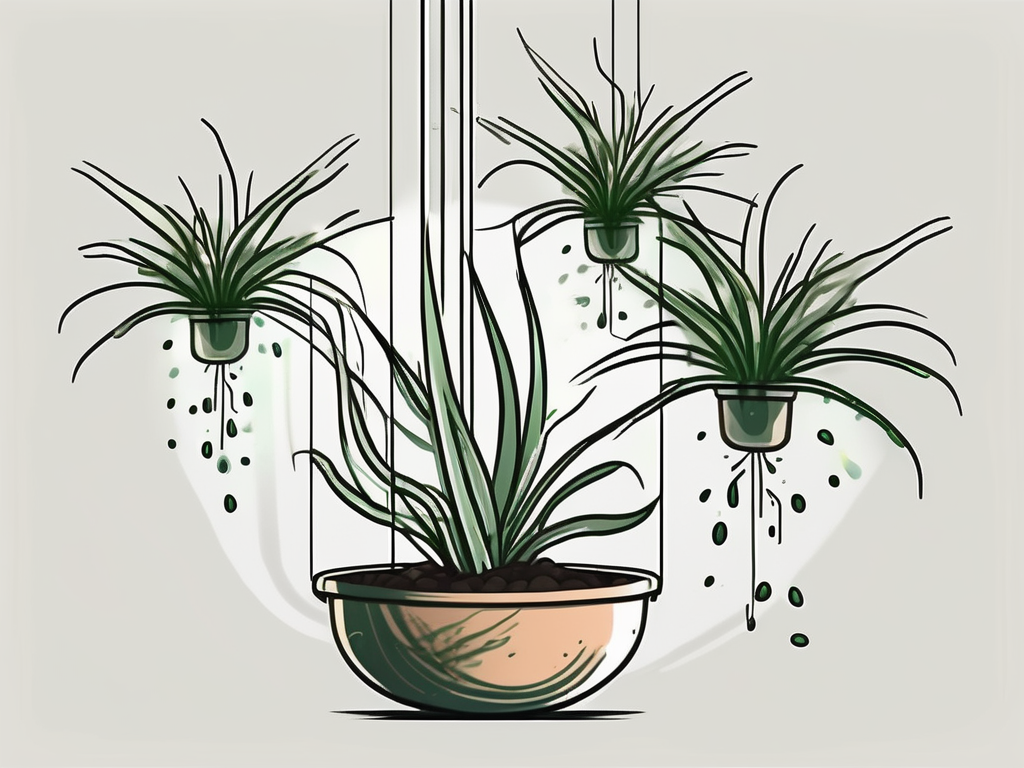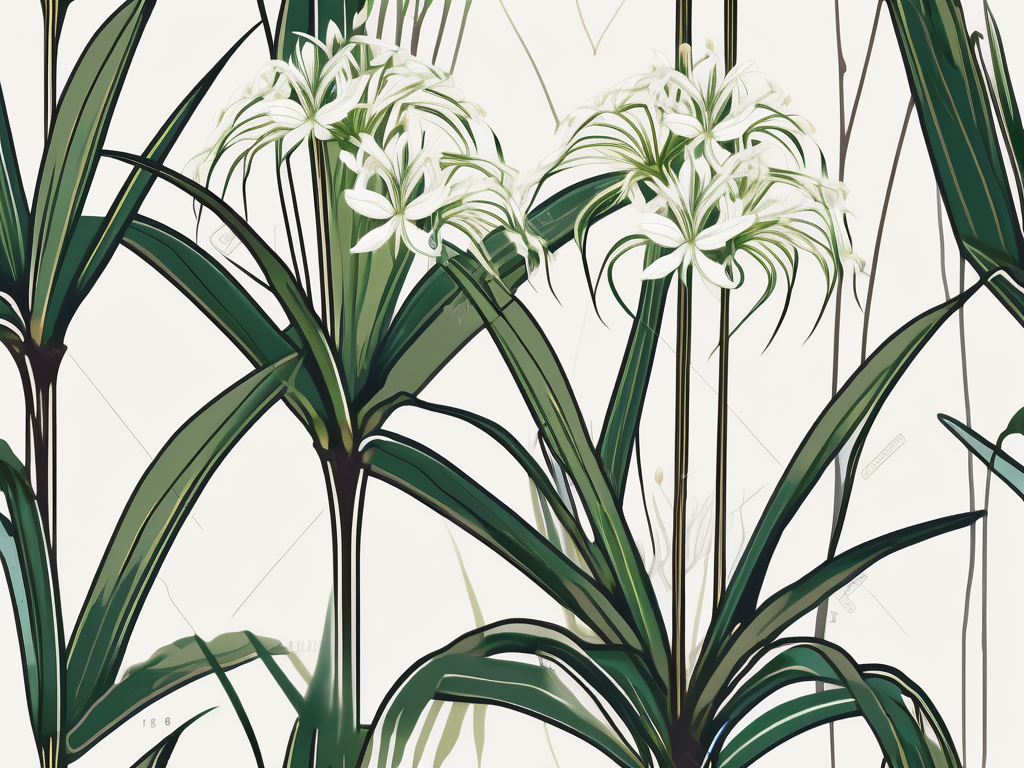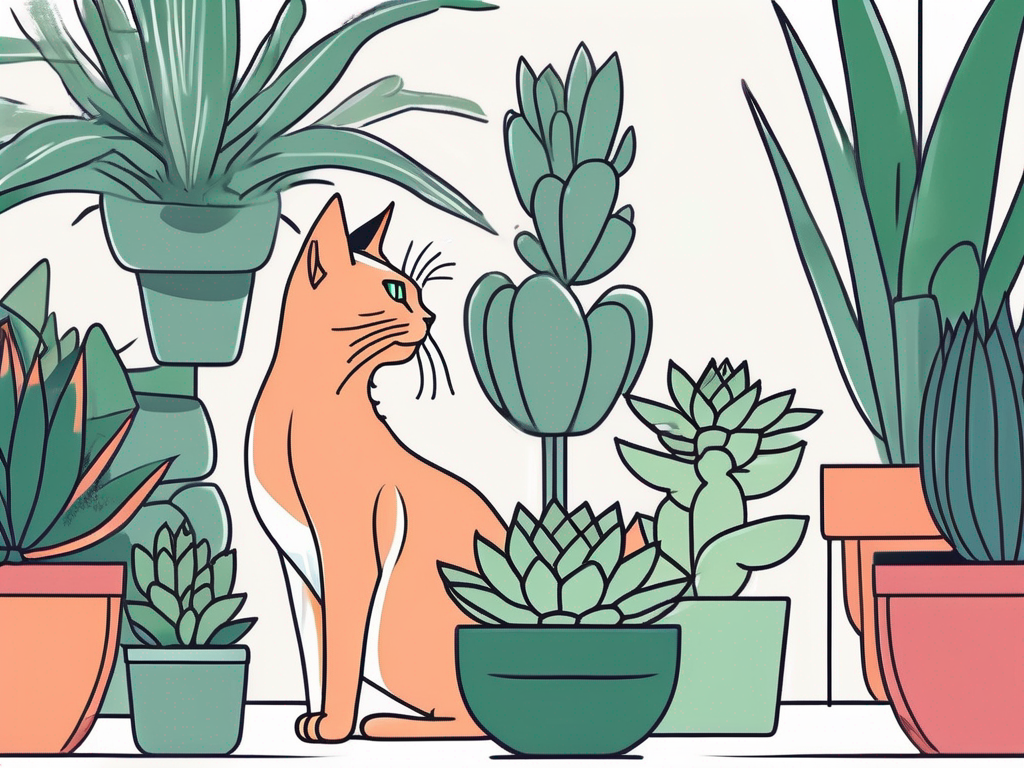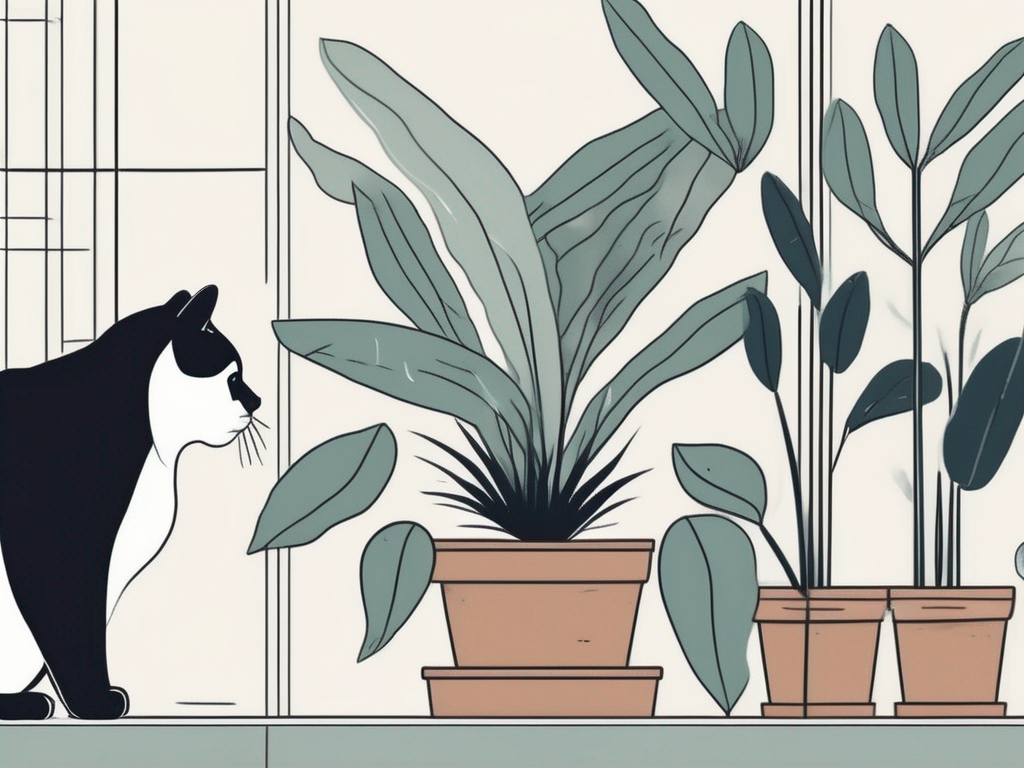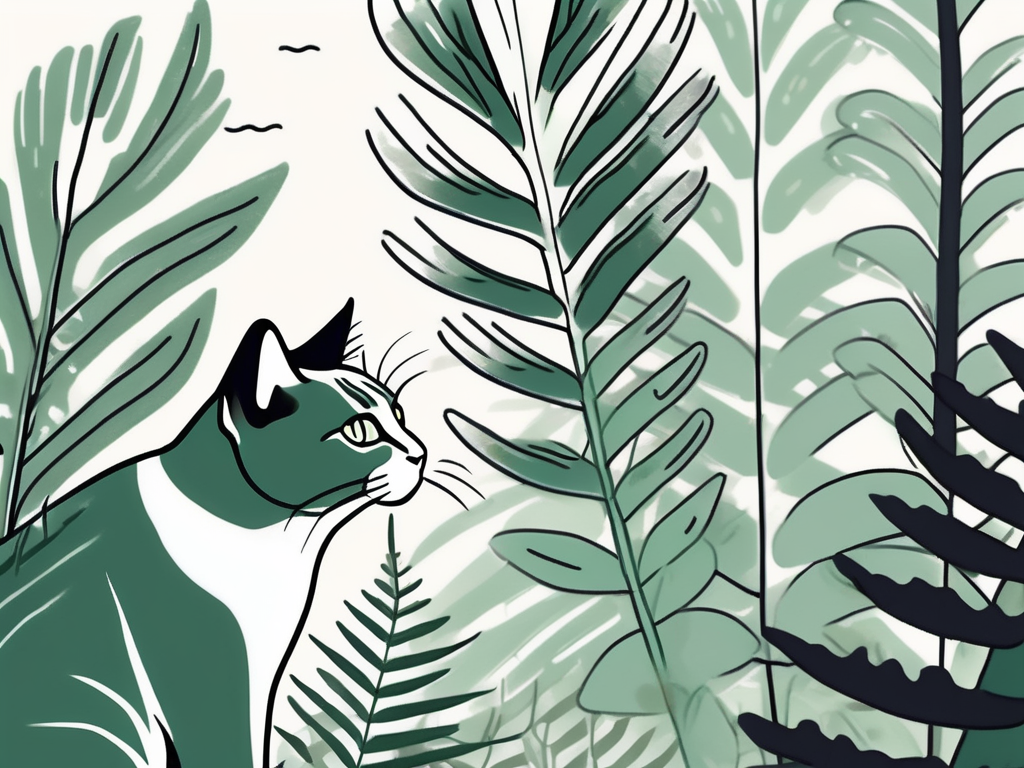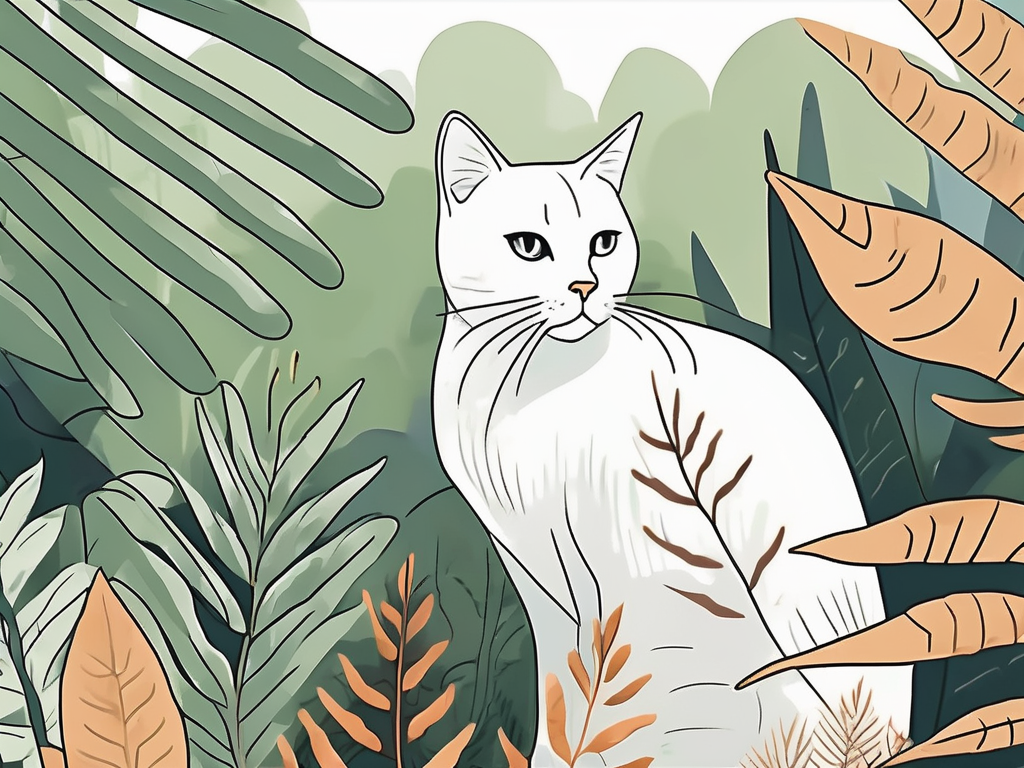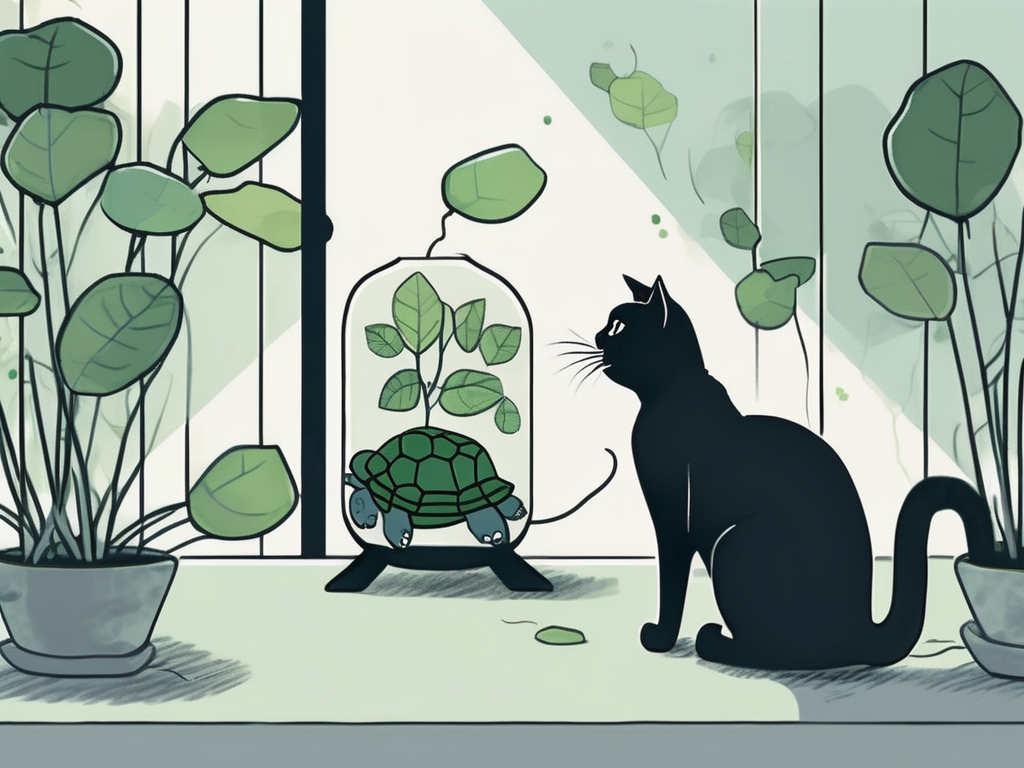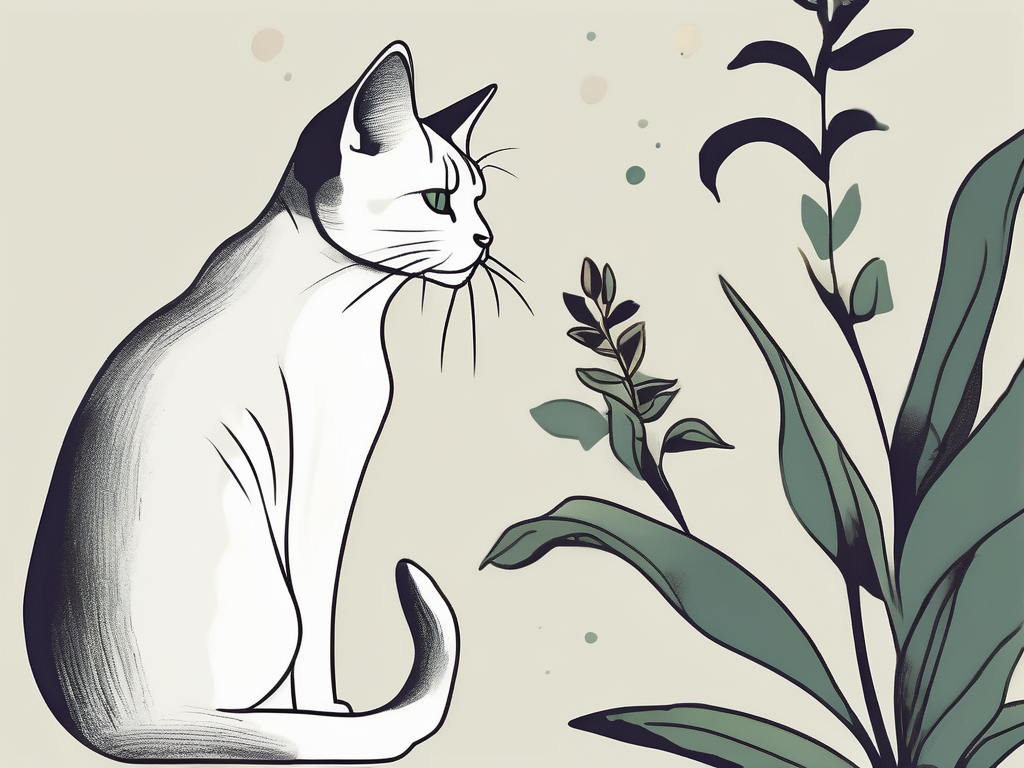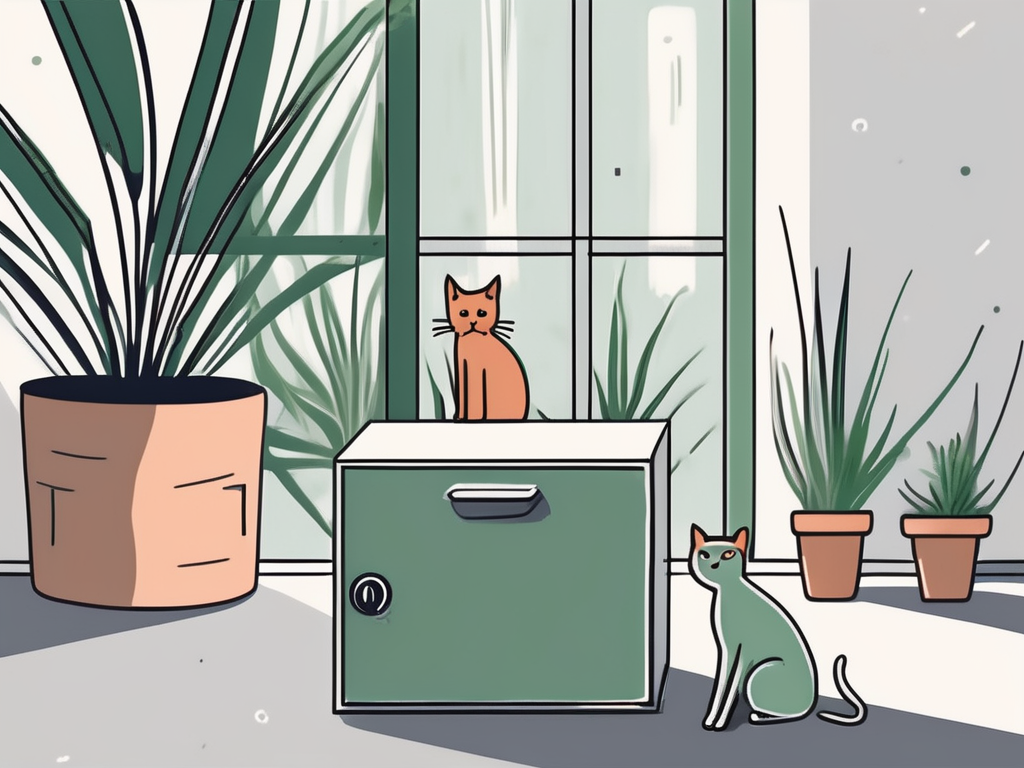
Have you ever wondered if the spider plant you adore is safe to have around your curious pets or little ones? It's a common question for plant lovers who want to make sure their homes are as safe as they are beautiful. Spider plants, with their elegant arching leaves and charming little plantlets, are a favorite among many. But the real question is—are they toxic?
This article will dive into everything you need to know about the potential toxicity of spider plants. We'll explore what makes these plants popular, their safety for pets and humans, and offer some handy tips on caring for them. Plus, we'll touch on how to incorporate them into your home decor. By the end, you'll have a clearer picture of whether spider plants are a good fit for you and your household.
Understanding the Spider Plant
Spider plants, or Chlorophytum comosum if you want to get fancy, are beloved for their graceful, arching leaves and their ability to thrive in various environments. Originally from South Africa, these plants have made their way into homes worldwide, largely due to their low-maintenance nature and air-purifying qualities.
But what exactly is it about spider plants that make them so appealing? For starters, they’re incredibly forgiving. You don’t need a green thumb to keep one alive. They can tolerate a bit of neglect, making them perfect for those who might forget to water now and then. Plus, they’re non-toxic to humans, which is always a bonus when you have little ones who love to explore the world with their mouths.
In terms of appearance, spider plants are quite striking. Their long, slender leaves can be either solid green or variegated with white stripes, adding a touch of elegance to any space. And let's not forget those adorable little plantlets that hang off the ends of their stems, ready to be propagated into new plants. It's like getting a bonus plant for free!
Are Spider Plants Toxic to Pets?
Now, onto the burning question: are spider plants safe for your furry friends? The good news is that spider plants are generally considered non-toxic to cats and dogs. However, that doesn't mean they pose no risk at all. Cats, in particular, are often drawn to the long, dangling leaves of the spider plant, which can resemble their favorite plaything.
While munching on a spider plant is unlikely to cause serious harm, it can potentially lead to some mild digestive upset. This is because spider plants can contain compounds that are mildly hallucinogenic to cats, somewhat akin to catnip. So, if your kitty decides to have a nibble, they might get a little extra playful or, conversely, a bit lethargic.
To keep your pets safe, consider placing your spider plants out of reach. Hanging planters or high shelves can keep the temptation away while still allowing you to enjoy the greenery. If your pet continues to show interest, try providing them with pet-safe grass or catnip as an alternative.
Spider Plants and Human Safety
As mentioned earlier, spider plants are non-toxic to humans, making them a safe choice for households with children. However, it's worth noting that while they aren't poisonous, they aren't meant to be ingested. If a child or adult decides to taste-test a spider plant, they might experience mild stomach discomfort, but it's nothing serious.
That said, it's always a good idea to educate children about the difference between edible and non-edible plants. Encouraging them to enjoy the beauty of houseplants without sampling them can prevent any accidental tummy aches. Plus, it’s a great way to foster a sense of curiosity and respect for nature in young minds.
Care Tips for Thriving Spider Plants
Caring for spider plants is a breeze, even for beginners. They’re like that friend who's always chill and goes with the flow. But to keep them looking their best, there are a few things you should keep in mind:
- Light: Spider plants do best in bright, indirect sunlight. They can tolerate lower light levels, which makes them suitable for offices or rooms with minimal natural light. However, too much direct sunlight can scorch their leaves.
- Water: These plants prefer to dry out a bit between waterings. Water them thoroughly, but make sure the pot has good drainage to prevent root rot. If the tips of the leaves turn brown, it might be a sign of overwatering or fluoride sensitivity.
- Humidity: Spider plants enjoy a bit of humidity, but they’re not too fussy. If your home is particularly dry, especially in winter, consider misting them occasionally or placing a small humidifier nearby.
- Soil: Use a well-draining potting mix to keep your spider plant happy. A standard houseplant soil mix usually works just fine.
Dealing with Pests and Problems
Like any plant, spider plants can occasionally run into trouble with pests. Common culprits include aphids, spider mites, and mealybugs. If you notice any pests, try rinsing the leaves with water or using an insecticidal soap. Regularly checking your plants can help catch infestations early before they become a bigger problem.
Another issue you might encounter is leaf tip browning. This can be caused by overwatering, fluoride in the water, or even too much fertilizer. If you spot brown tips, try adjusting your plant care routine accordingly. Switching to distilled water and reducing fertilizer can also help.
Propagating Your Spider Plant
One of the joys of owning a spider plant is how easy they are to propagate. Those little plantlets, or "babies," can be snipped off and planted in soil to grow into new plants. Here's how you can do it:
- Wait until the plantlets have developed roots of their own.
- Snip the plantlets from the mother plant using clean scissors.
- Place the plantlets in a small pot with fresh soil.
- Water them lightly and keep them in a spot with bright, indirect light.
Before you know it, you'll have a whole family of spider plants! It's a satisfying and rewarding process (whoops, used "rewarding" there, but it seemed fitting).
Integrating Spider Plants into Your Home Decor
Spider plants can add a touch of natural beauty to any room. Their cascading leaves look particularly striking in hanging planters or on shelves where they can drape down. You can also use them as table centerpieces or add them to a windowsill garden for a pop of greenery.
Consider pairing spider plants with other houseplants for a lush, layered look. They mix well with plants like pothos or ferns, which complement their shape and color. Play around with different pots and planters to match your decor style, whether you're going for a rustic vibe or something more modern.
Benefits of Having Spider Plants
Aside from their aesthetic appeal, spider plants offer several benefits that make them worthwhile additions to your home:
- Air purification: Spider plants are known for their ability to filter out pollutants like formaldehyde and xylene, improving indoor air quality.
- Stress reduction: Studies have shown that having plants in your home can help reduce stress and boost mood. Spider plants, with their gentle presence, can contribute to a calming environment.
- Easy maintenance: As we've discussed, these plants are low-maintenance, making them ideal for busy lifestyles or beginner plant parents.
With all these benefits, it's no wonder spider plants are a popular choice for both seasoned plant enthusiasts and newcomers alike.
Pet-Friendly Alternatives to Spider Plants
If you're still concerned about your pets nibbling on your spider plants, there are other pet-friendly houseplants to consider. Here are a few options:
- Bamboo palm: A great option for adding a tropical feel to your home without worrying about pet safety.
- Boston fern: These lush ferns are non-toxic to pets and make a beautiful addition to any room.
- Ponytail palm: With its distinctive appearance, the ponytail palm is both pet-safe and visually striking.
These alternatives can offer peace of mind while still allowing you to enjoy the beauty and benefits of houseplants.
Final Thoughts
In summary, spider plants are safe for both humans and pets, though they might cause some mild digestive upset for curious cats. They're easy to care for and offer numerous benefits, from air purification to stress reduction. With a little attention and care, spider plants can thrive in your home for years to come.
At Cafe Planta, we're passionate about helping you create a beautiful, thriving plant collection. Whether you're an experienced plant parent or just starting out, we're here to share our love of plants with you. If you have any questions or need advice, feel free to email us or reach out on Instagram. Happy planting!













